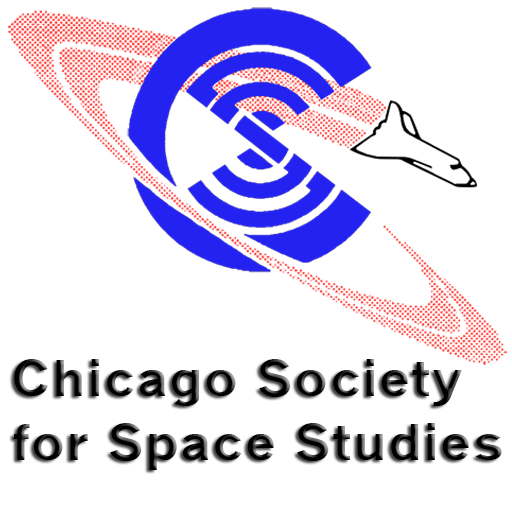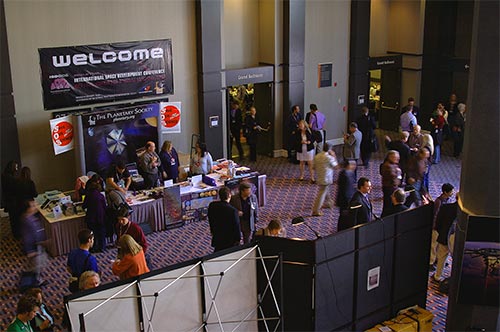
Figure 1. One of three exhibit areas at the 2006 NSS ISDC
The first International Space Development Conference (ISDC) I attended was in 1989. It was held here in Chicago and the Chicago Society for Space Studies was one of its principal cosponsors. Since then I’ve attended ISDCs in Anaheim, San Antonio, Huntsville, Denver, San Jose, and most recently Oklahoma City in 2004. Prior to the start of the 2006 ISDC in Los Angles, it was generally agreed that the 1989 Chicago ISDC was the most successful ISDC with some 1100 people in attendance.
That all changed with the 2006 ISDC. When National Space Society Executive Director George Whitesides opened the conference on Thursday morning, he told the audience “for the next four days, this will be the center of space exploration on this planet.” Turns out he wasn’t kidding. With over 1,300 in attendance and a stellar line up of high profile speakers, the 2006 International Space Development Conference was easily the best ISDC ever.
Following George Whitesides’ opening presentation was Louis Friedman of The Planetary Society who spoke about that organization’s solar sail project. Lou then introduced Dr. Charles Elachi, the Director of the NASA Jet Propulsion Laboratory who provided an overview of past, current, and future missions of planetary exploration.
There were two quotes that Dr. Elachi used during his talk that I found particularly appealing. The first was a quote from a speech delivered by Theodore Roosevelt to the Hamilton Club in Chicago in 1899:
“Far better is it to dare mighty things, to win glorious triumphs, even though checked by failure…than to rank with those poor spirits who neither enjoy much nor suffer much, because they live in a gray twilight that knows not victory nor defeat.”
Dr. Elachi used this quote with respect to the difficulty associated with having a successful planetary mission. The second quote was by Ralph Waldo Emerson:
“Do not go where the path may lead, go instead where there is no path, and leave a trail.”
This quote was used in conjunction with a great Mars Exploration Rover image of the rover looking back at the tracks it had made in the sands of an apparently endless Martian desert.
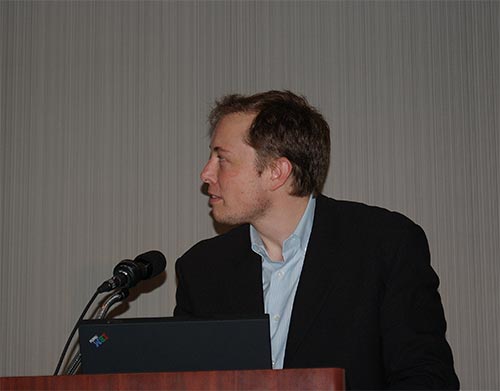
Figure 2: Elon Musk, CEO of SpaceX watching video of the Falcon 1 launch failure
Dr. Elachi was followed by a presentation from Elon Musk, CEO of SpaceX, who spoke about his company’s development program and provided a review of the recent launch failure of their Falcon 1 rocket. While watching the video of the event (see Figure 2), Elon commented “The rocket business is a tough business.” In speaking about SpaceX, Elon pointed out that “we have a high signal to noise ration – where engineering is signal and management is noise.”
One statement in particular that caught my attention was Elon’s opening in which he stated “the reason I started SpaceX was to help make humanity a spacefaring civilization.” In the question and answer session that followed, NSS Executive Director George Whiteside asked Elon why he went into the space business. Elon replied that when he got out of college he saw three areas that he felt would have an impact on humanity. One was the Internet. The second was the coming of a transition from a hydrocarbon-based energy system. The third was the future of space exploration. He noted that the first two areas paled in comparison to the extension of life to other planets.
Following his presentation, NSS’ Board of Director’s member Dana Johnson took the stage and presented Elon Musk with the NSS Space Pioneer award.
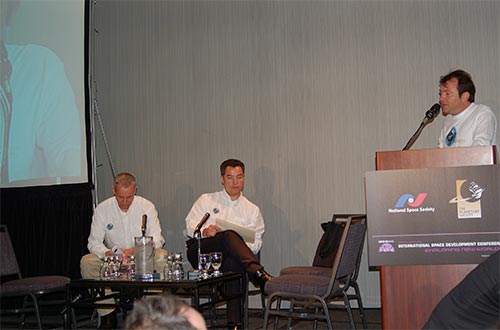
Figure 3: The Virgin Galactic team of Will Whitehorn, President of Virgin Galactic; Alex Tai, Head of Operations, Stephen Attenborough, Head of Astronaut Relations
One of the Thursday afternoon sessions was an in depth look at Virgin Galactic provided by Will Whitehorn, President of Virgin Galactic; Alex Tai, Head of Operations; and Stephen Attenborough, Head of Astronaut Relations. The Virgin Galactic spaceship, SpaceShipTwo, is an air launched hybrid rocket that is constructed from composite materials. The spaceship has numerous windows so that the passenger will be “stunned by the view.” The goal of Virgin Galactic is to create the best possible experience for the passenger. The flight will give passengers seven minutes of black sky and four minutes of weightlessness. The spaceflight crew will be drawn from pilots from the various Virgin airlines. Richard Branson will be on the first space flight and he will have his children along for the ride. The experience will be three days in duration: 2.5 days for training and medical checks and the remainder for the trip to space.
With respect to the development schedule, Virgin Galactic President Alex Tai said the emphasis was on getting it right vs keeping to a schedule. He did note that they are currently pretty much on schedule and that the Virgin Galactic Spacelines would be “coming to a spaceport near you soon.” With respect to spaceports, Mr. Tai believes that Mojave, New Mexico will be the first operational spaceport.
Stephen Attenborough, Head of Astronaut Relations, spoke about the business side of the venture and its commercial viability. According to Mr. Attenborough they had to prove that a market existed for their product. He also noted that the Virgin Galactic website frequently is the most visited of the various Virgin enterprises.
One thing Virgin Galactic has done is to create a Virgin Galactic Founders club that is limited to 100 people. These people have paid the full flight cost up front and are guaranteed one of the first 100 seats. The Founders have been Virgin Galactic’s greatest ambassadors, approximately 40 of whom were attending the ISDC. Victoria Principal, of the television program “Dallas” is one of the Founders. George Whitesides and his fiance Loretta are also founders and intend to “honeymoon” on their flight.
“Hi, My name is Trevor Beattie and I’m going to space” is how this Virgin Galactic Founder opened his spontaneous talk. Addressing the audience, “`You know more about aeronautical engineering and space technology than I could ever dream of but I’m still going to space.” Noting that Apollo 11 astronaut Buzz Aldrin was in the audience, Trevor called him a true American hero and asked for the audience to recognize Buzz, who then received a thunderous standing ovation.
Trevor then called up an old video of high jumpers using the straddle or “leg over” method to execute the high jump. He pointed out that one man – Dick Fosbury, decided to go over backwards instead of doing it the same way as everyone else. He was ridiculed but was a trailblazer because after he demonstrated his way of doing it, everyone else started to use the same method. According to Trevor that’s what Burt Rutan is – a trailblazer: “Burt Rutan has changed the rules and that’s the definition of genius…. And NASA, you’re still straddling.” Trevor’s animated and humorous presentation, complete with Buzz Lightyear video, was clearly a favorite of the audience.
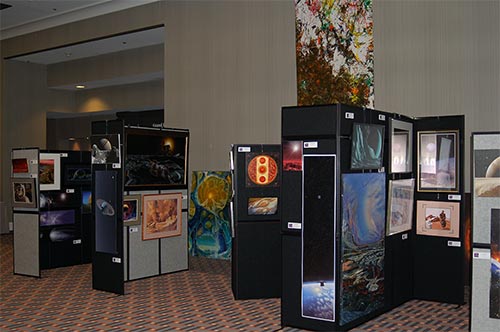
Figure 4: A part of the exhibit of space art at the ISDC
Prior to the Orbit Awards banquet, I headed over to the space art exhibit for another look. In addition to the many excellent presentations, the ISDC hosted one of the best exhibits of space art that I have ever seen. In fact, I found it to be much better than a similar exhibit done by the Chicago Art Institute several years ago. In addition to the art exhibit, several artist members of the International Association of Astronomical Artists were also in attendance. My recollections of the exhibit, the artists, and my own involvement in the space art track will be the subject of another article.
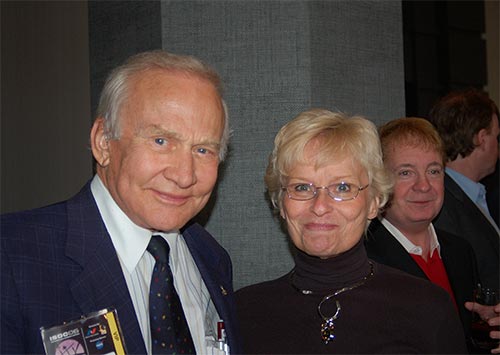
Figure 5: CSSS member Karen with Apollo 11 astronaut Buzz Aldrin at the Orbit Awards banquet reception
The highlight of Thursday was the Space Tourism Society’s Orbit Awards banquet that took place that evening. The first Orbit Awards banquet was in April 2002. The awards are given to those who are contributing to the emerging space tourism industry. The banquet itself was preceded by a reception in one of the ISDC exhibit areas. The banquet opened with a Space Tourism Society video about space tourism and the X Prize that had been made in 1998. John Spencer, president of the Space Tourism Society, opened the evening’s series of presentations.
The first set of awards presented that evening were the Industry Catalyst awards with NSS Executive Director George Whitesides presiding. Industry Catalyst awards were presented to Peter Wainwright, Tsuyoshi Saotome, Henry Vanderbilt, Leonard David, and Col. Rick Searfoss. This was followed by a Certificate of Special Service being presented to John Spencer of the Space Tourism Society. The Industry Trailblazers award was presented to Eileen Borgeson and Jeff Allen. The Dennis Tito award was appropriately presented by Dennis Tito to Mark Shuttleworth, the second space tourist, Tito himself being the first.
Industry Accelerator awards were presented to Robert Bigelow; Zero Gravity Corporation – accepted by Chief Marketing Officer Noah McMahon; The X Prize Foundation – accepted by Peter Diamandis; the Ansari Family – accepted by Amir Ansari; Scaled Composites LLC – accepted by Burt Rutan; and Eric Anderson, Space Adventures President.
The Industry Trailblazers award was presented by Dennis Tito to Dr. Gregory Olsen, the third space tourist who rode the Soyuz to the International Space Station in September 2005 for a 10 day visit.
The Industry Innovators awards were the last set of awards presented that evening and were presented by Eugene Roddenberry, son of Gene Roddenberry. These awards were presented to Paul Allen – accepted by Burt Rutan; Sir Richard Branson – accepted by Will Whitehorn, President of Virgin Galactic; and Dr. Buzz Aldrin.
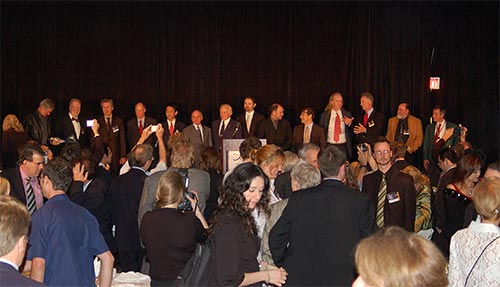
Figure 6. Winners of the Space Tourism Society’s Orbit Awards assembled
And so ended Thursday, May 4, 2006 at the NSS International Space Development Conference. Still to come are reviews of Friday, Saturday, and Sunday of the premier space conference for space activists. Ad Astra.
Pictures from Friday, Saturday, and Sunday at the ISDC
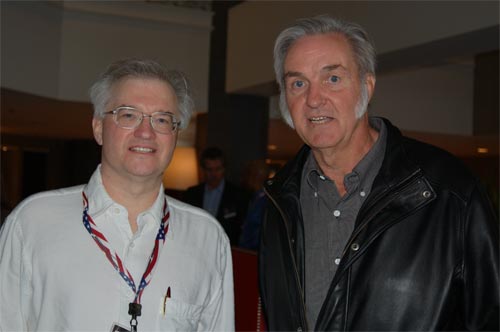
CSSS President Jim Plaxco meeting Burt Rutan, winner of the X-Prize
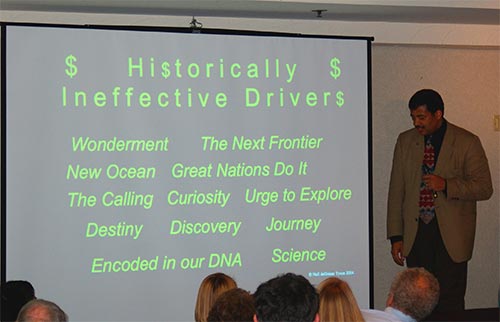
Neil deGrasse Tyson, Astronomer and Hayden Planetarium Director, discussing space exploration
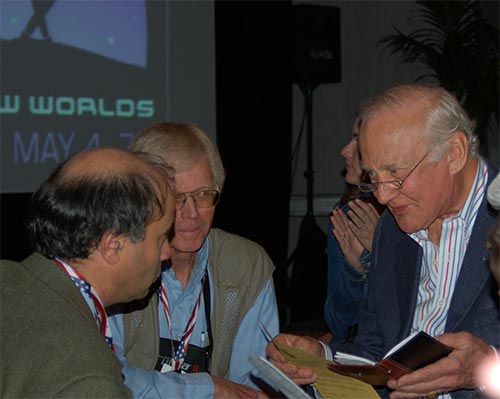
Apollo 11 astronaut Buzz Aldrin and Robert Zubrin of the Mars Society in discussion
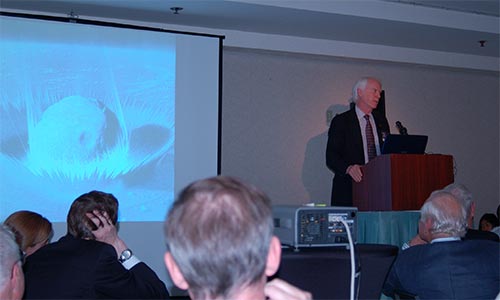
Apollo astronaut and Chairman of the B612 Foundation Rusty Schweickart discussing the asteroid impact hazard
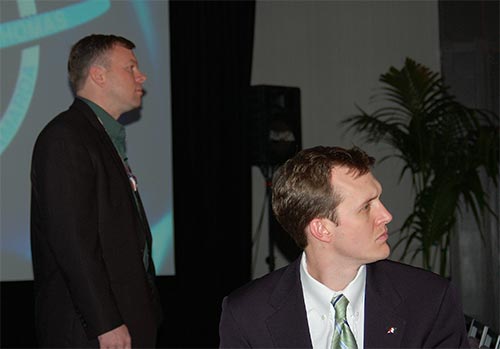
NSS Executive Director George Whitesides with astronaut and STS-114 Space Shuttle pilot James Kelly
